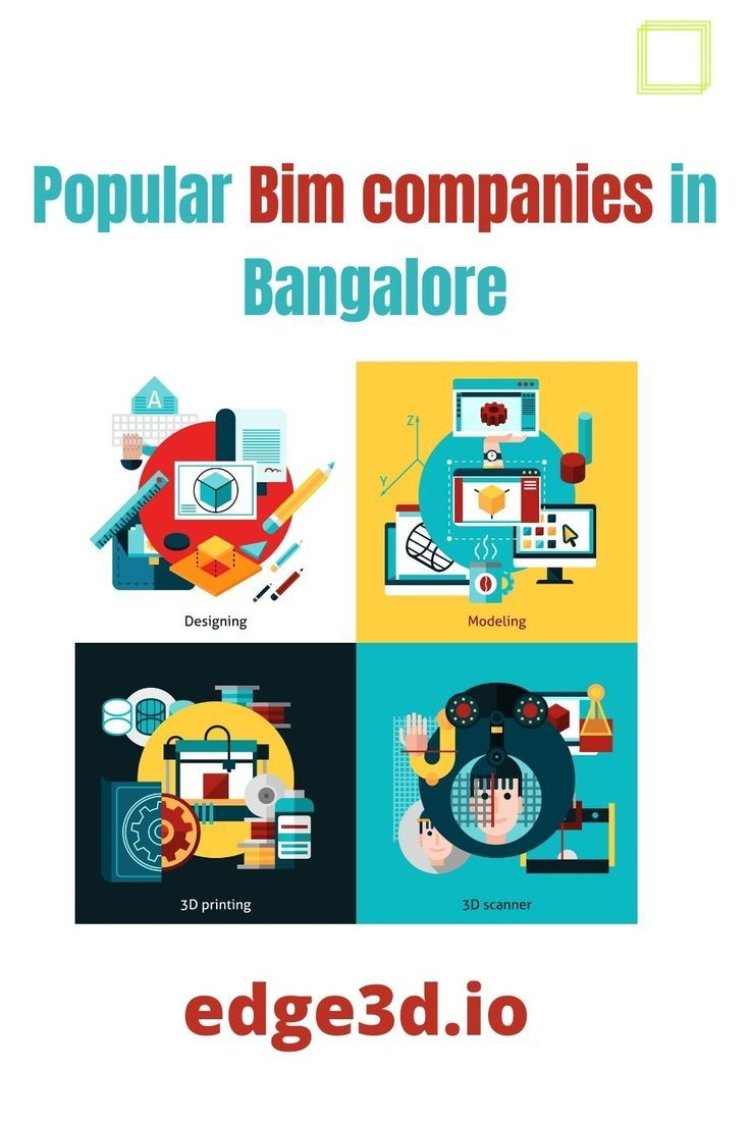Overcoming Common Challenges in Implementing SCAN to BIM Services: Best Practices and Solutions
Overcoming the common challenges in implementing SCAN to BIM services requires a combination of technical expertise, strategic planning, and effective collaboration.
Share this Post to earn Money ( Upto ₹100 per 1000 Views )

Introduction
Implementing SCAN to BIM (Scan to Building Information Modeling) services presents numerous benefits for construction projects, including improved accuracy, enhanced collaboration, and streamlined workflows. However, like any transformative technology, SCAN to BIM integration comes with its own set of challenges. In this article, we will explore the common obstacles encountered during the implementation of SCAN to BIM services and discuss best practices and solutions to overcome them.
-
Lack of Expertise and Training:
One of the primary challenges in implementing SCAN to BIM services is the shortage of expertise and training among project stakeholders. SCAN to BIM requires specialized knowledge in 3D scanning technologies, point cloud processing, and BIM software utilization.
Solution: Invest in comprehensive training programs for project teams involved in SCAN to BIM implementation. Provide hands-on workshops, online courses, and certifications to equip team members with the necessary skills and knowledge. Collaborate with experienced SCAN to BIM service providers to offer guidance and support throughout the learning process.
-
Data Complexity and Quality:
The complexity and quality of scan data can pose significant challenges during SCAN to BIM implementation. Issues such as incomplete scans, noise, and inaccuracies can impact the reliability of the BIM model generated from the scan data.
Solution: Prioritize quality assurance and data validation processes to ensure the accuracy and integrity of scan data. Implement stringent scanning protocols and standards to minimize errors during data capture. Utilize advanced software tools and algorithms for data cleanup and refinement, such as noise reduction and point cloud registration techniques.
-
Compatibility and Integration:
Another common challenge in SCAN to BIM implementation is the compatibility and integration of different software platforms and data formats. Incompatibility between scanning equipment, point cloud data, and BIM software can hinder the seamless transfer and utilization of data.
Solution: Adopt open standards and interoperable formats for data exchange, such as Industry Foundation Classes (IFC) and Laser Scan Data Exchange (LSDX). Choose SCAN to BIM software solutions that support multiple file formats and have built-in compatibility with popular BIM platforms. Establish clear communication channels and collaboration protocols between scanning teams and BIM modelers to facilitate data integration and synchronization.
-
Project Coordination and Communication:
Effective project coordination and communication are essential for successful SCAN to BIM implementation. However, coordinating between multiple stakeholders, including architects, engineers, contractors, and scanning specialists, can be challenging.
Solution: Implement collaborative project management tools and platforms to streamline communication and coordination efforts. Establish clear roles, responsibilities, and workflows for each project stakeholder involved in SCAN to BIM services. Conduct regular meetings and progress reviews to ensure alignment and transparency throughout the project lifecycle.
-
Cost and Budget Constraints:
Cost and budget constraints are often cited as barriers to adopting SCAN to BIM services, particularly for small and medium-sized projects. The initial investment in scanning equipment, software licenses, and training programs can be prohibitive for some organizations.
Solution: Conduct a cost-benefit analysis to evaluate the long-term value and ROI of SCAN to BIM implementation for your project. Explore flexible pricing models and financing options offered by SCAN to BIM service providers, such as pay-per-use or subscription-based plans. Consider outsourcing scanning services to third-party providers to reduce upfront costs and overhead expenses.
Conclusion

Overcoming the common challenges in implementing SCAN to BIM services requires a combination of technical expertise, strategic planning, and effective collaboration. By investing in training programs, prioritizing data quality assurance, embracing interoperable standards, enhancing project coordination, and evaluating cost-effective solutions, construction projects can successfully leverage SCAN to BIM technologies to improve efficiency, accuracy, and productivity. With the right approach and commitment to excellence, SCAN to BIM implementation can unlock new possibilities for innovation and success in the construction industry.

 Edge3d
Edge3d 













